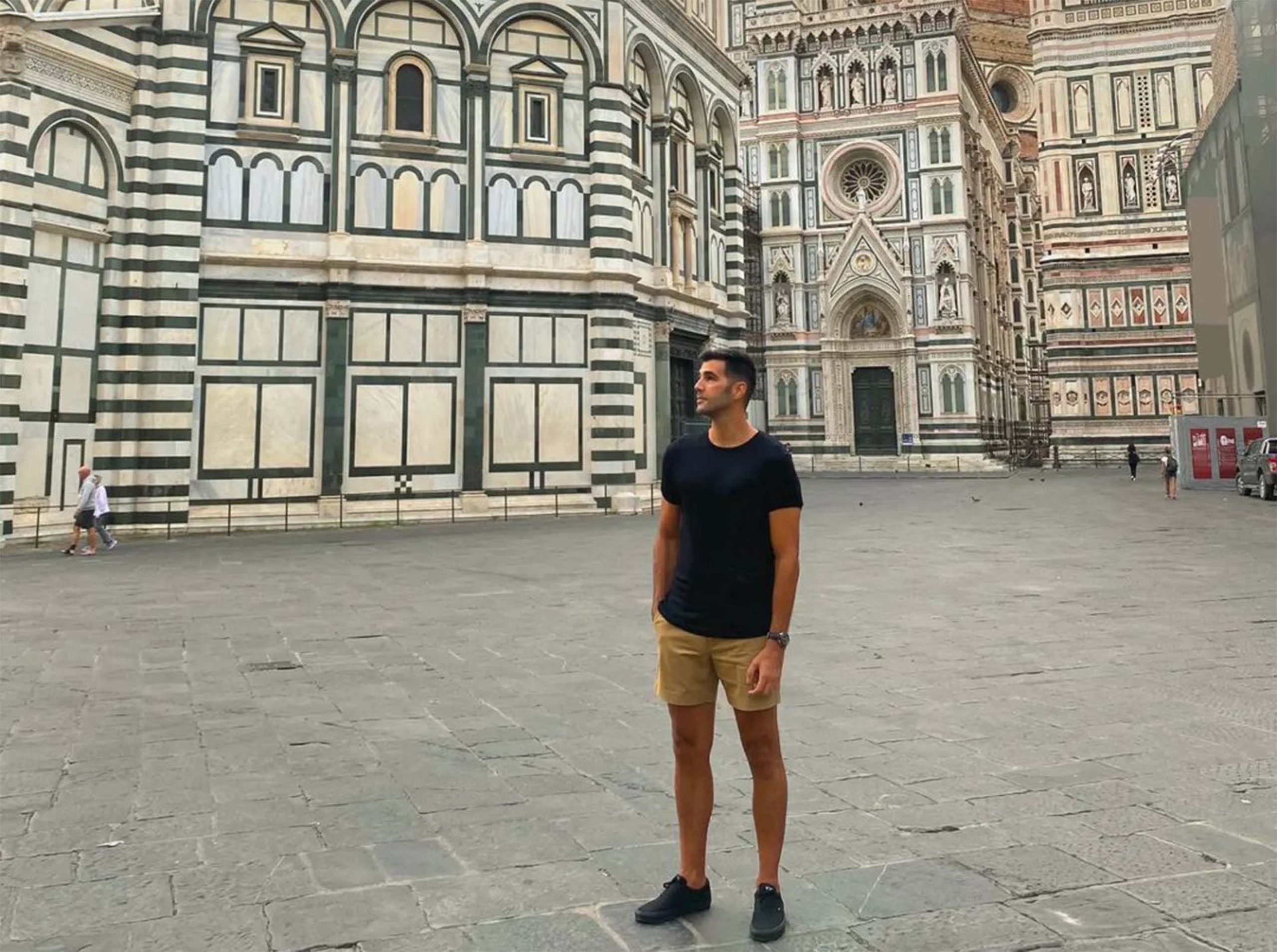Hello, fellow travelers, and welcome to the mesmerizing city of Florence, the crown jewel of Tuscany! Florence has always held a special place in my heart, and I’m excited to take you on a journey through this enchanting city, capturing its artistic heritage, architectural wonders, and delectable cuisine. I’ll share not only the must-visit places but also my personal experiences and tips for capturing the essence of Florence through the lens of your camera.
The Artistic Majesty of Florence
The Florence Cathedral (Il Duomo)
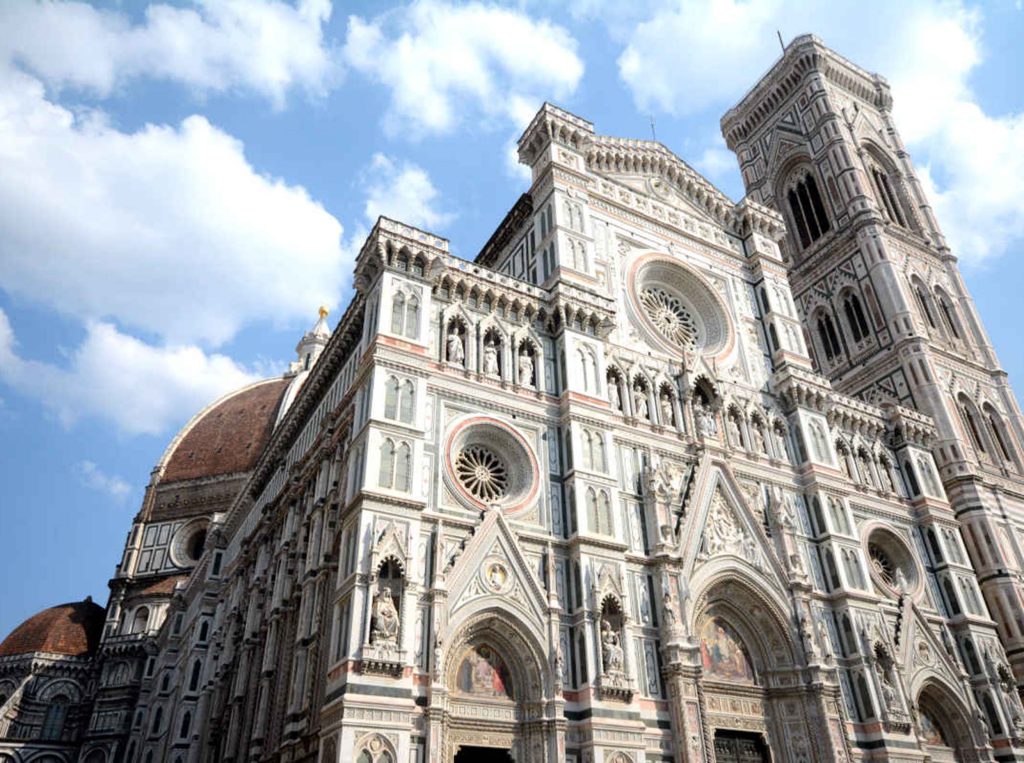
The journey begins with the iconic Florence Cathedral, Il Duomo, an architectural marvel that dominates the city’s skyline. The intricate facade and the famous dome designed by Filippo Brunelleschi are a photographer’s dream come true. To truly capture the grandeur of Il Duomo, I recommend setting your alarm early and arriving as the sun rises. This way, you not only beat the crowds but also witness the soft, golden light that bathes the cathedral, creating a surreal and captivating atmosphere.
As I stood before Il Duomo, I couldn’t help but be in awe of its sheer size and intricacy. It’s a masterpiece that stands as a testament to human ingenuity and artistry. With my camera in hand, I framed my shot to include the entire facade, making sure to capture the delicate details of the marble carvings. The early morning light cast a warm, golden hue, enhancing the beauty of the cathedral’s intricate design.
The Uffizi Gallery
Next on our artistic journey is the Uffizi Gallery, home to one of the most extensive and impressive art collections in the world. While photography is not allowed inside the gallery, don’t be disheartened. The exterior of the Uffizi is a work of art in itself. To capture the best photos of this landmark, plan your visit during the golden hour, either at sunrise or sunset.
Standing in front of the Uffizi Gallery during the golden hour was a remarkable experience. The warm, soft light highlighted the building’s elegant architecture, and the façade seemed to come to life. I used a wide-angle lens to capture the entire building, ensuring that the setting sun created long, dramatic shadows that added depth and dimension to my photographs.
The Statue of David
Michelangelo’s David is a symbol of perfection and beauty. When you step into the Galleria dell’Accademia and lay eyes on this iconic statue, you’re left speechless. The details in David’s lifelike musculature and veins are simply astounding. As a photographer, I was eager to do justice to this masterpiece.
To capture the essence of David, I opted for close-up shots. With a macro lens, I zoomed in on the intricacies of the statue – the texture of the marble, the fine lines of the muscles, and the intensity in David’s eyes. By experimenting with different angles, I was able to highlight the grace and elegance that Michelangelo so brilliantly captured.
Florence’s Architectural Gems
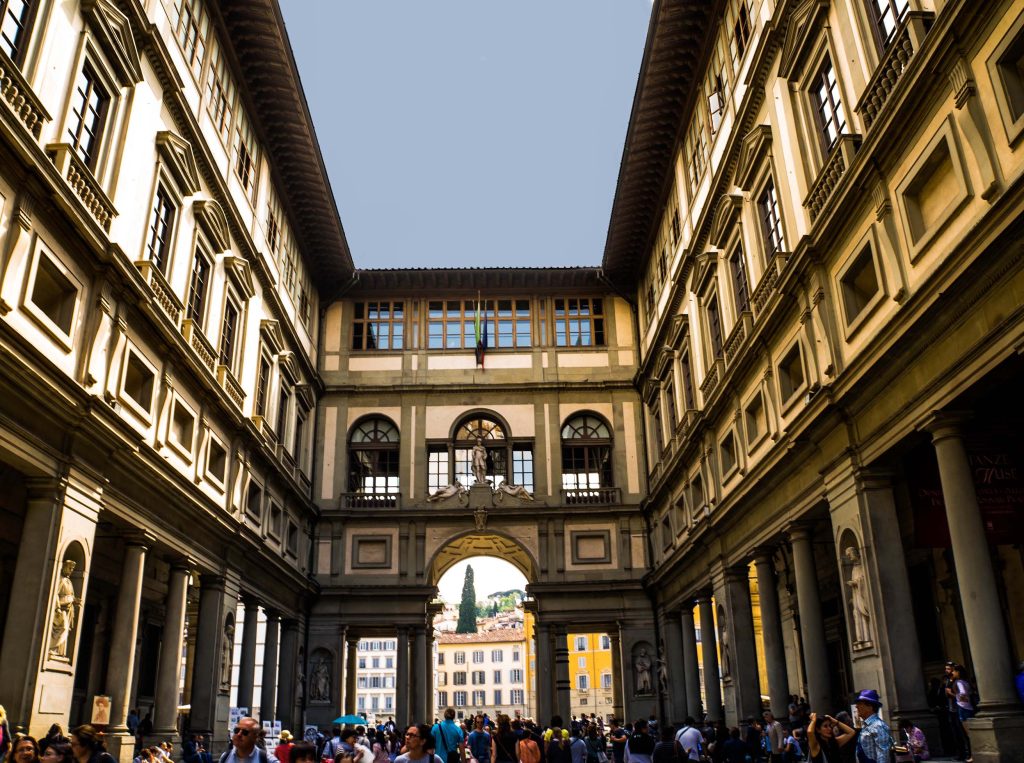
Florence’s streets are like an open-air museum, where every corner reveals a piece of history and architectural beauty. Let’s explore some of the city’s architectural gems that are a photographer’s dream.
Ponte Vecchio
The Ponte Vecchio, a medieval bridge that spans the Arno River, is one of Florence’s most beloved landmarks. Its unique feature is the line of shops and houses that are built right on the bridge. The colorful buildings create a picturesque scene, especially when they’re reflected in the tranquil waters of the Arno.
When I set out to photograph the Ponte Vecchio, I decided to capture it from the adjacent bridges. This allowed me to get the full view of its charm, including the reflections in the water. I found that the early morning light created beautiful, soft reflections on the river’s surface, adding a sense of serenity to my shots.
Palazzo Vecchio
The Palazzo Vecchio, Florence’s town hall, is a prime example of Renaissance architecture. Its towering bell tower and ornate facade offer fantastic photographic opportunities. What’s remarkable about this location is that you can capture both the exterior and the stunning views from the tower.
As I stood before the Palazzo Vecchio, I was struck by its grandeur. The intricate details of the sculptures and the vibrant colors of the building’s facade made for stunning photos. To create dynamic compositions, I experimented with different angles, including low-angle shots to emphasize the height of the tower. The contrast between the dark stone and the bright Tuscan sky added depth to my images.
Basilica of Santa Croce
The Basilica of Santa Croce, often referred to as the “Temple of Italian Glories,” boasts a stunning facade and is the final resting place of some of Italy’s most illustrious figures. The exterior of the basilica is a work of art in itself, adorned with intricate sculptures and reliefs.
To capture the essence of the Basilica of Santa Croce, I focused on the details of the sculptures that adorned the church’s facade. With a zoom lens, I could isolate individual sculptures and capture their exquisite craftsmanship. As the sun began to set, I aimed to photograph the basilica during twilight, a magical time when the city’s lights began to glow, adding an enchanting backdrop to my shots.
Culinary Adventures in Florence
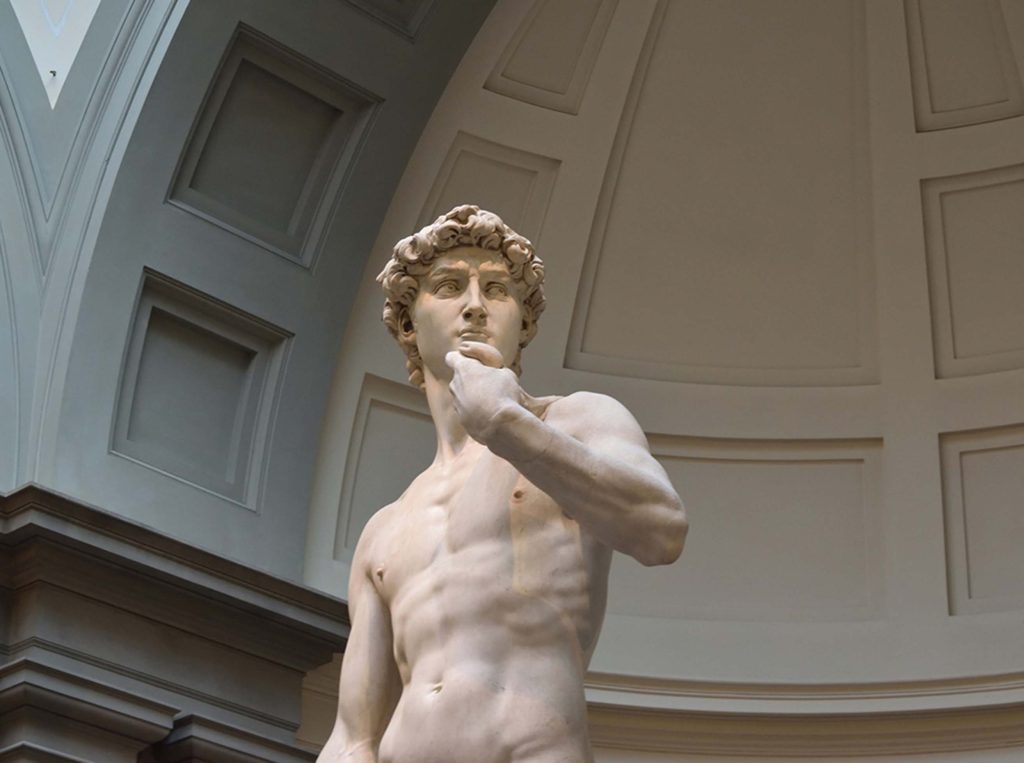
Florence’s culinary scene is a sensory journey, and it’s as delightful to photograph as it is to taste. Here are some of my favorite places to savor and capture the flavors of the city.
Mercato Centrale
Mercato Centrale is a bustling food market where you can sample the best of Tuscan cuisine. The market is a kaleidoscope of colors, with fresh produce, aromatic spices, and sizzling grills creating a feast for the eyes. To capture the market’s authentic atmosphere, I focused on candid shots of people interacting with the food. The energy and vibrancy of the place were incredible to capture, and I tried to convey the sensory overload I experienced through my photographs.
Trattoria Sostanza
Trattoria Sostanza is a classic Tuscan eatery known for its iconic buttery chicken dish. To capture the essence of this traditional restaurant, I concentrated on the intimate interiors and the skilled chefs at work in the kitchen. The close-up shots of the legendary chicken dish were a must. I wanted to ensure that every golden, crispy detail was highlighted, and that the mouthwatering aroma could almost be sensed through the photos.
Gelateria Santa Trinita
Gelateria Santa Trinita is renowned for its artisanal gelato, and it’s a treat for both the taste buds and the camera lens. The gelato’s vibrant colors and the sheer joy on people’s faces as they savor their sweet treats make for excellent photographic subjects. I experimented with different angles and close-up shots to highlight the textures and flavors of the gelato, aiming to make the viewer’s mouth water just by looking at the images.
Photography Tips for Capturing Florence
Photographing Florence is a rewarding experience, but it requires some finesse to truly capture its beauty. Here are some tips to help you make the most of your photographic journey.
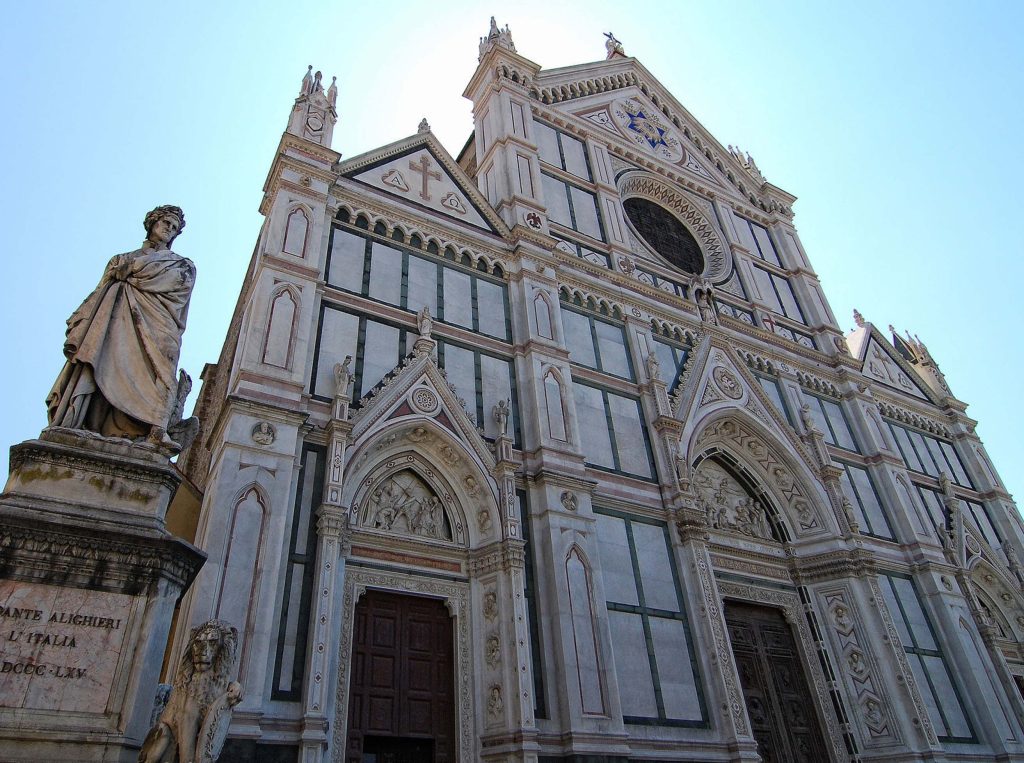
Embrace Natural Light
One of Florence’s most remarkable features is its beautiful natural light. The golden hours during sunrise and sunset offer the best lighting conditions. The soft, warm light during these times can make even the most ordinary scenes look extraordinary. When I planned my photography outings, I always aimed to be at the right place at the right time to make the most of this enchanting light.
Experiment with Composition
Composition is key in photography. I always tried to experiment with different techniques such as leading lines, framing, and the rule of thirds to add depth and interest to my photos. Florence’s streets and architecture provide the perfect canvas to create captivating compositions. For example, I often used the lines of cobblestone streets to lead the viewer’s eye toward a focal point, creating a sense of depth and perspective.
Capture the Details
Florence is a city of intricate details, from the ornate carvings on the cathedral’s facade to the delicate swirls of gelato. I made it a point to zoom in and capture the smaller elements that make the city unique. These details tell a story and add depth to your photo collection. For instance, when photographing the exterior of Il Duomo, I captured close-up shots of the intricate carvings and statues that adorned the cathedral.
Include People
Including people in your photos can add a sense of scale and human connection to your shots. Candid shots of locals and tourists interacting with the city’s beauty can be incredibly powerful and help tell the story of Florence’s vibrant life. For instance, when photographing the Mercato Centrale, I focused on people sampling food, capturing their expressions of delight and wonder as they indulged in the market’s offerings.
Advice for the Perfect Shot
To ensure you capture the perfect shot, consider the following additional tips:
Be Patient
Patience is a virtue in photography. Sometimes, the perfect shot requires waiting for the right moment, whether it’s the perfect light, an interesting subject, or the absence of crowds. The more patient you are, the more likely you are to capture that stunning image.
Scout Locations in Advance
Exploring Florence in advance can help you find the best vantage points and anticipate the ideal times for shooting. Familiarizing yourself with the city’s layout will also help you plan your photography schedule and make the most of your time. I often used online maps and read about the city’s best photography locations before my trip to make sure I didn’t miss any hidden gems.
Use a Tripod
A tripod can be your best friend, especially for low-light situations or when you want to capture long exposures. It ensures your camera stays steady, resulting in sharper images. In low-light conditions, such as when I was photographing the Basilica of Santa Croce during twilight, a tripod was essential to avoid camera shake and maintain image sharpness.
Florence is a city that never ceases to amaze with its art, architecture, and culinary delights. It’s a destination where every street corner is a photo opportunity, every meal a journey through the senses, and every moment a step back in time. By following the photography tips and exploring the city’s landmarks and flavors, you’ll create lasting memories and a breathtaking collection of photographs that tell the captivating story of your Florence adventure.
So, pack your camera, prepare your taste buds, and embark on an adventure through Florence’s rich tapestry of history, culture, and flavor. Happy exploring and photographing!
